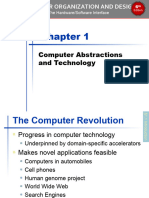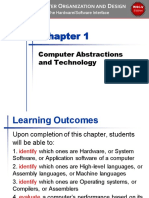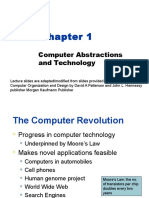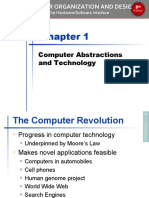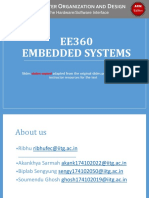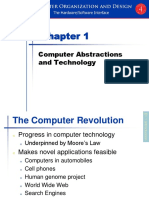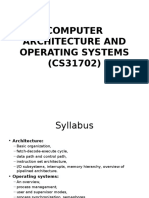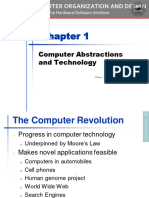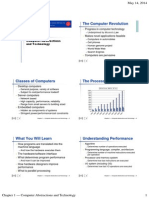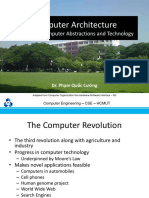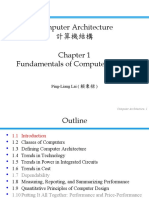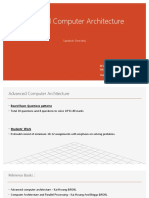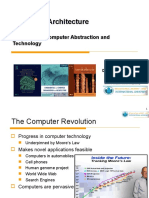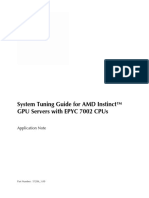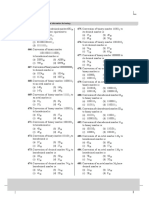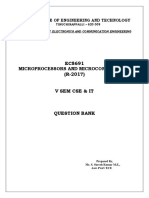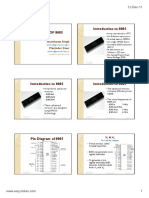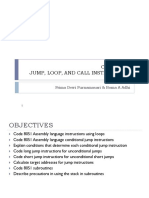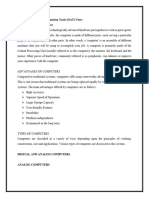0% found this document useful (0 votes)
16 views38 pagesTopic1 CH-01
The document discusses the evolution of computer technology, highlighting the impact of domain-specific accelerators and the emergence of various classes of computers, including personal computers, servers, supercomputers, and embedded systems. It outlines key concepts in computer architecture, such as the hardware/software interface, performance optimization techniques, and the importance of abstraction in design. Additionally, it addresses the challenges of power consumption and the future direction of computing, emphasizing the significance of parallelism in enhancing performance.
Uploaded by
مها الامورةCopyright
© © All Rights Reserved
We take content rights seriously. If you suspect this is your content, claim it here.
Available Formats
Download as PDF, TXT or read online on Scribd
0% found this document useful (0 votes)
16 views38 pagesTopic1 CH-01
The document discusses the evolution of computer technology, highlighting the impact of domain-specific accelerators and the emergence of various classes of computers, including personal computers, servers, supercomputers, and embedded systems. It outlines key concepts in computer architecture, such as the hardware/software interface, performance optimization techniques, and the importance of abstraction in design. Additionally, it addresses the challenges of power consumption and the future direction of computing, emphasizing the significance of parallelism in enhancing performance.
Uploaded by
مها الامورةCopyright
© © All Rights Reserved
We take content rights seriously. If you suspect this is your content, claim it here.
Available Formats
Download as PDF, TXT or read online on Scribd
/ 38

